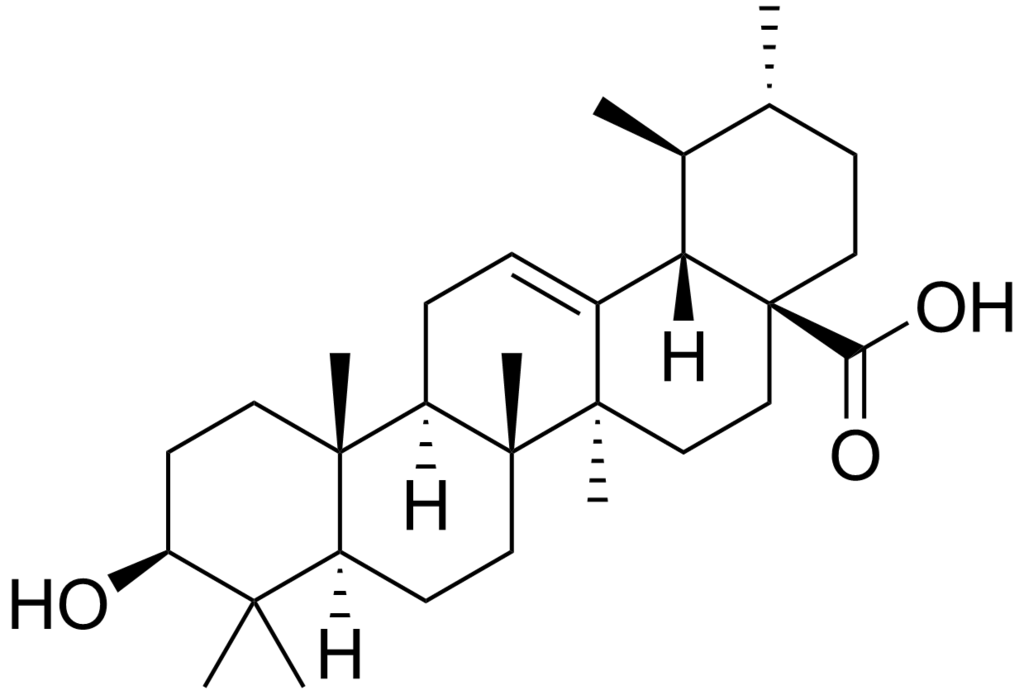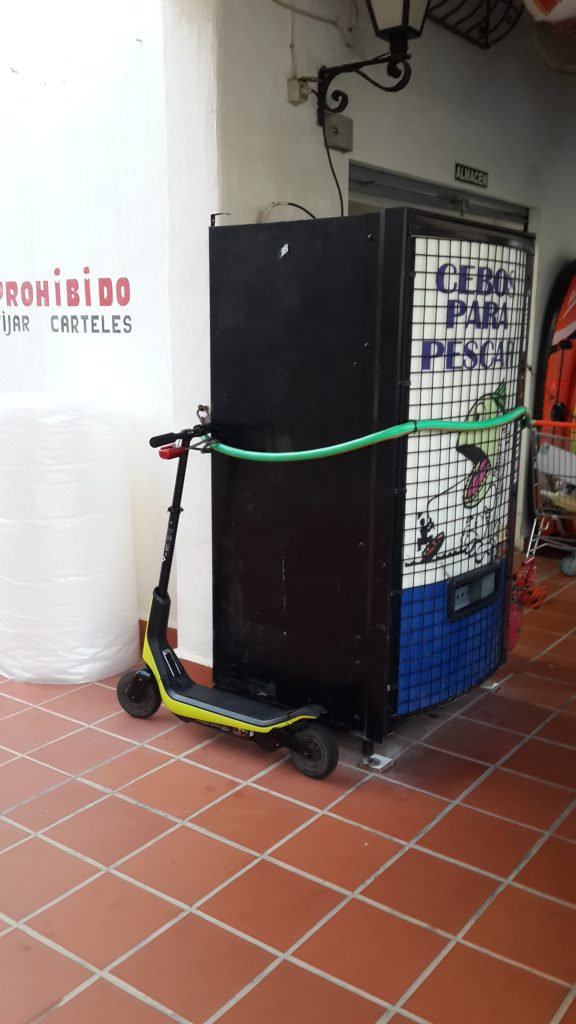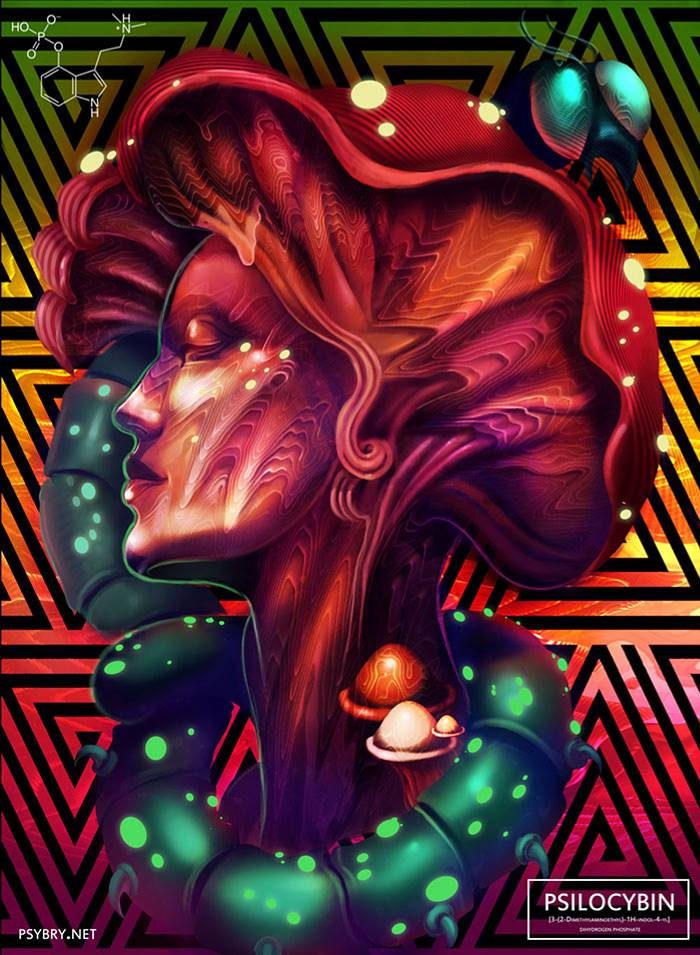- SETUP NEW MINECRAFT CLIENT FOR MINECRAFTFORGE 1.12 ON YOUR COMPUTER
- MINECHEM v6
- ALCHEMISTRY V 0.6.1 & ACTUALLY ADDITIONS
- DIAMOND
- NETHER FORTRESSES
- CHEMICAL MACHINES
- CELLULOSE
- MEDIUM STORAGE CRATE
- SUCROSE
- PROTEIN
- SILICON
- SILICON DIOXIDE
- ZINC OXIDE
- MINERAL SALT
- POTASSIUM NITRATE
- LEAD IODIDE
- WATER
- OXIDE
- STRONTIUM CARBONATE
- PHOSPHATE
- HYDROXYLAPATITE
- HYDROXIDE
- CARBONATE
- KAOLINITE
- COBALT ALUMINATE
- TRIGLYCERIDE
- PSILOCYBIN
- CUCURBITACIN
Chemistry Zumdahl, 7 ed. Houghton Mifflin Company Boston New York
Chemistry_Z-textbook.pdf
(pages 1008-1010 of a chemical textbook).

Cucurbitacin is any of a class of biochemical compounds that some plants—notably members of the family Cucurbitaceae, which includes the common pumpkins and gourds—produce and which function as a defence against herbivores. Cucurbitacins are chemically classified as steroids, formally derived from cucurbitane, a triterpene hydrocarbon—specifically, from the unsaturated variant cucurbita-5-ene, or 19-(10→9β)-abeo-10α-lanost-5-ene. They often occur as glycosides.

Cucurbitane — quite strongly oxidized aglycons and glycosides. Cycles and side chains contain many oxygen-containing functional groups.
Glycosides are organic compounds, the molecules of which consist of two parts: a carbohydrate (pyranoside or furanoside) residue and a non-carbohydrate fragment (so-called aglycone). As glycosides in a more general sense, carbohydrates consisting of two or more monosaccharide residues can be considered. Advantageously crystalline, less often amorphous substances, readily soluble in water and alcohol.
Although their splitting into sugars and aglikones is very easy, there are also known glycosides (saponins) that do not decompose even with dilute acids (H2SO4) during prolonged heating. When glycosides are digested with enzymes, a certain selectivity is observed; only a certain enzyme is able to decompose this or that glycoside.
Melon plants and other plants of the family Cucurbitaceae contain saponins of the triterpenic series, which have a bitter, unpleasant taste. The sapogenins of these saponins are cucurbitacin.
Triterpenic saponins contain 30 carbon atoms and are distinguished by a wide variety of chemical structures (at least 30 groups are distinguished among triterpenoids.Tetracyclic saponins (including Cucurbitan) contain 4 carbon rings in the aglycone structure.
Cucurbitacins are known for their taste properties. Glucosides are usually tasteless, but can have a sweet taste (for example, mogrosides from Sirattia grosvenori). Aglikons are very bitter, perform the function of repellents (although some insects, adapting, use them as food attractants and stimulants).
Cucurbitacins are found in a number of other plant families, in several genera of fungi and in the marine mollusk. Cucurbitacins have a wide range of biological properties (antitumor, contraceptive, anti-inflammatory, antimicrobial and anthelmintic, etc.) However, because of their nonspecific toxicity in traditional medicine, they have limited application.
Sources
Saponins have historically been understood to be plant-derived, but they have also been isolated from marine organisms such as sea cucumber.Saponins are indeed found in many plants, and derive their name from the soapwort plant (genus Saponaria, family Caryophyllaceae), the root of which was used historically as a soap. Saponins are also found in the botanical family Sapindaceae, with its defining genus Sapindus (soapberry or soapnut), and in the closely related families Aceraceae (maples) and Hippocastanaceae (horse chestnuts; ref. needed). It is also found heavily in Gynostemma pentaphyllum (Gynostemma, Cucurbitaceae) in a form called gypenosides, and ginseng or red ginseng (Panax, Araliaceae) in a form called ginsenosides. Within these families, this class of chemical compounds is found in various parts of the plant: leaves, stems, roots, bulbs, blossom and fruit.
In Minecraft, Cucurbitacin is obtained from pumpkin and together with water and sucrose from MELON_BLOCK.
Mate
Mate (Spanish, Russian-Spanish dictionaries sometimes have an accent on the first syllable due to pronunciation in Spanish) – a tonic drink with a high content of caffeine, prepared from dried crushed leaves and young shoots of holly Paraguayan (Ilex paraguariensis). An integral part of the culture of Argentina and a number of adjacent countries in South America.
Usually, mate is drunk from the calabash, a special “bombilla”, with the help of a tubule of “bombilla”(in Spanish). The Bombilla has a flattened mouthpiece at the top and ends with a flask-shaped strainer that serves as a filter that does not let the grass particles into the mouth.
PHARMACOLOGICAL ACTION Holly Paraguayan – Yerba Mate
1. The tonic and adaptogenic action of Yerba Mate
The tonic and adaptogenic effect of Paradise Paraguayan – Yerba Mate is due to a unique combination of purine alkaloids (caffeine, theophylline, theobromine) and triterpene saponins.
Caffeine (pages 93-95 of a chemical textbook) increases mental and physical performance, relieves fatigue, reduces the need for sleep. The mechanism of action of caffeine is associated with a complex effect on the content of intracellular calcium, adenosine receptors and phosphodiesterase, which destroys cAMP (cyclic adenosine monophosphate). Caffeine inhibits cAMP phosphodiesterase and thus increases the concentration of cAMP in the tissues of the brain, heart and other organs. As a result, an increase in the content of the noradrenaline mediator is observed in some parts of the brain, which leads to an increase in the activity of the sympathetic part of the vegetative nervous system. More caffeine stimulates the cerebral cortex, which is associated with its psycho-stimulating effect.
In Paduba Paraguayan high content of triterpene saponins was detected, they were called Mate-saponins. There are more than five of them, but at the basis of all is ursulic acid, they differ only in the sequence of sugars in the carbohydrate part of the molecule.

Ursolic acid is found no less than in a hundred plants, including cowberry ordinary, cranberry marsh, and is found both in the form of glycosides, and free aglikona. Its antimicrobial, hepatoprotective, anti-inflammatory, antiallergic, antiviral, cytotoxic, antitumor properties are known.
By itself, caffeine (Matein) poorly penetrates the blood-brain barrier (the barrier between the circulatory and central nervous systems), the reason for this peculiarity of the chemical structure of matter. Modern pharmacologists note that saponins are able, when combined with other substances, to increase their bioavailability (the fraction of the substance that got into the blood in% of the total amount of the substance administered). Saponins act as natural emulsifiers. In addition to providing more complete extraction (extraction) of insoluble and poorly soluble in water substances from raw materials, by lowering the surface tension at the interface of immiscible phases (hydrophobic substance and water); saponins, interacting with the basal membrane, significantly increase the delivery of substances into the cells and easier penetration of caffeine (theobromine, theophylline) into the central nervous system through the blood-brain barrier.
Side effects observed with the use of caffeine-containing beverages are due to the fact that in order to achieve a pronounced tonic, psycho-stimulating effect, the dose of caffeine should be very high, since caffeine does not penetrate well into the central nervous system. As a result, there is a marked peripheral effect of caffeine on the body, manifested by tachycardia, muscle tremor.
For comparison, in the qualitative Yerba Mate, the caffeine content varies from 0.5 to 1.2%, in the coffee fruit its content is 1.0 – 2.7%, in the leaves of the Chinese tea 1.7-7.2%, and in seeds of Guarana, the content of caffeine reaches 8.0%.
Yerba Mate differs in that it has a “directed” tonic effect. If the caffeine content is 2-3 times less than, for example, in Chinese tea, Paradise Paraguay – Yerba Mate has a more pronounced and softer toning effect, because due to the presence of saponins, caffeine is easier to penetrate and affect the brain regions, this is a smaller dose. A softer action can also be explained by the fact that other representatives of purine alkaloids are present in the water extract – these are theobromine and theophylline, which are contained in a smaller amount, but also have a tonic effect. Both substances are very poorly soluble in water: theophylline 1: 120, theobromine 1: 300. As noted earlier, saponins are surfactants, thereby increasing the extraction of hydrophobic substances in an aqueous solution, among which are theobromine, theophylline, many water-insoluble vitamins, etc.
Saponins in themselves also exert a tonic effect, easily penetrating the central nervous system, but the mechanism of their action is not fully understood, as in the case of Ginseng and Aralia and psilocybin.
All active substances responsible for the manifestation of tonic action are individually widely represented in other plants, but are not found anywhere else in Paraguay (Yerba Mate). The advantage of Yerba Mate is that the purine alkaloids and saponins included in its composition potentiate (intensify) the effect of each other, which leads to a more pronounced toning effect than when they are used separately.
2. Depression of the activity of the center of hunger
Water extraction from the Paradise Paraguayan grass – Yerba Mate causes a decrease in hunger and appetite. This is confirmed by a number of studies and is widely used in comprehensive weight loss programs in the countries of the European Union and the United States. As mentioned above, caffeine inhibits cAMP phosphodiesterase and thus increases the concentration of cAMP in the brain tissues. As a result, an increase in the content of the mediator of norepinephrine is observed in some parts of the brain. An increase in the content of norepinephrine in the center of the hunger located in the lateral part of the hypothalamus and in which a high density of noradrenergic synapses is noted causes oppression of its activity, so that hunger and appetite decrease. And as a consequence, the need for food decreases.
3. Antidepressant effect of Yerba Mate
Depression (from Latin depressio – suppression, oppression) is a mental disorder that has a significant negative impact on social adaptation and quality of life and is characterized by a pathological mood decrease (hypotomy) with a pessimistic assessment of oneself and one’s position in the surrounding reality, inhibition of intellectual and motor activity, decreased motivation and somatovegetative disorders. According to the biochemical theory of depression, in this disease there is a decreased content of monoamines – norepinephrine and serotonin in the brain, as well as the sensitivity of receptors perceiving the effects of these neurotransmitters.
In the countries of the European Union (mainly France, Germany, Great Britain), where Paradise Paraguayan – Yerba Mate is regarded as a medicinal plant and has its own regulatory documentation, one of the main recommended uses of Yerba Mate is the prevention and treatment of depression.
The combination of the psychostimulating effect of purine alkaloids and the antineuritic effect of B group vitamins, which ensure normal metabolism of the cells of the nervous system, restores the normal life activity of neurons after the impact of stress factors, which positively affects the overcoming of depression.
A number of scientists state the ability of water extraction of Paduba Paraguayan – Yerba Mate in vitro to inhibit monoamine oxidase (MAO), an enzyme that involves deamination of noradrenaline, serotonin, which leads to their inactivation. (With the participation of these suppository-programs, adrenaline generation occurs). Inhibition of the activity of this enzyme leads to an increase in the content of noradrenaline and serotonin in the brain, which in turn eliminates the biochemical cause of depression.
The regular use of the drink Yerba Mate provides a daily requirement of the organism in the vitamins of group B, irreplaceable for the work of the nervous system. Due to this, the consumption of Yerba Mate is recommended for the prevention and treatment of various kinds of depression and nervous disorders.
4. Antihypertensive effect of water extract Yerba Mate
Flavonoids, vitamins, purine alkaloids that are part of the Paradise Paradise Paradise – Yerba Mate, have a positive effect on the prevention of hypertension. In addition to the fact that flavonoids directly inhibit the angiotensin converting enzyme (ACE), which is the main link in the development of hypertensive disease, Yerba Mate intensifies the release of the NO-endothelial vasodilator. Studies were conducted at the University of Rio Grande in Brazil to study the endothelium-dependent vasodilator activity of the aquatic extract of Paduba Paraguayan-Yerba Mate. The study proved that the water extract of Yerba Mate is able to significantly inhibit vasoconstriction caused by the administration of methoxamine (a potent vasoconstrictor). In addition, due to the diuretic effect, Yerba Mate helps to reduce the volume of circulating fluid, which directly affects the blood pressure.
5. Cardioprotective action of water extract of Yerba Mate
Due to the flavonoids contained in Paraguay – Yerba Mata, the water extract can be used as a prophylactic for ischemic heart disease (CHD). Flavonoids have an antioxidant effect, protecting the myocardium from the effects of free radicals. Scientists of the National University de La Plata in Buenos Aires, Rep. Argentina found that the water extract of Yerba Mate is able to block the nitrogen-oxide mechanism of development of ischemia.
Currently, doctors have proved that stress has a serious impact on the occurrence and development of various diseases. The key role of stress in the occurrence of diseases of the cardiovascular system is noted, where stress is one of the main risk factors (especially in the development of IHD).
Water extract Yerba Mate thanks to the content of alkaloids, saponins, trace elements, and most importantly the high content of vitamins of group B, can positively influence the state of the nervous system, relieving stress, depression. Thus, it is possible to break the “vicious circle” of IHD development.
6. Acceleration of metabolism. (“Fat Burning Effect”)
The wide application of Paduba Paraguayan – Yerba Mate in weight loss programs is due to its complex effect on several systems of the body. As noted above, as a result of suppressing the activity of the hunger center in the hypothalamus, Yerba Mate causes a decrease in hunger and appetite. Due to the high content of vitamins, which actively participate in lipid, protein, carbohydrate metabolism, Yerba Mate helps to increase metabolism (metabolism), in particular, the breakdown of adipose tissue (lipolysis). And due to moderate diuretic activity, the aquatic extract of Paduba Paraguayan – Yerba Mate causes an increase in fluid excretion, which in turn speeds up the withdrawal of metabolites formed as a result of lipolysis.
7. Anti-atherogenic action of water extract Yerba Mate. (Anti-atherosclerotic action)
In Yerba Mate, flavonoids and vitamin C are present in large numbers. Flavonoids have the property of reducing the fragility of the blood capillaries (angioprotective action). Vitamin C promotes proper metabolism, regulates redox processes in the body, strengthens the walls of capillaries, prevents the onset of atherosclerosis. It is established that vitamin C lowers the level of cholesterol and lipoproteins in the blood, reduces the permeability of capillaries.
An interesting effect on the atherosclerotic process is the natural combination of flavonoids, vitamin C and caffeine. This combination has a positive regulatory effect on one of the main links in the pathogenesis of atherosclerosis – cholesterol metabolism, showing a hypocholesteric effect.
However, flavonoids in themselves are able to inhibit lipid peroxidation and lower LDL (low density lipoproteins), as evidenced by several studies at the University of Louis Pasteur, the University of Montreal, and the National University of Montevideo.
8. Yerba Mate’s antispasmodic effect
The inhibition of the phosphodiesterase enzyme in smooth muscle cells, due to the theophylline alkaloid and to a lesser extent caffeine, leads to accumulation in cAMP cells and a decrease in intracellular calcium concentration, resulting in a decrease in the activity of kinases of myosin light chains in cells and the interaction of actin and myosin. This leads to relaxation of the smooth muscles of the internal organs, including bronchi (spasmolytic action). Similarly, purine alkaloids act on the smooth muscles of blood vessels, causing the vessels to expand, resulting in a decrease in blood pressure.
When acting on the respiratory system, in addition to bronchodilator, there is also an increase in mucociliary clearance, a reduction in pulmonary vascular resistance, stimulation of the respiratory center (due to the analeptic effect of caffeine), and improvement in contractions of the respiratory muscles (intercostal and diaphragmatic).
9. Immune-stimulating effect of Yerba Mate
In studies of the influence of the water extraction of Paduba Paraguayan-Yerba Mate on the human immune system, an increase in the general resistance of the organism to infectious diseases was noted. The combination of high content of saponins and ascorbic acid (Vitamin C) increases the formation of antibodies, the synthesis of interferon, the phagocytic activity of macrophages and neutrophils.
10. The diuretic effect of Yerba Mate
Due to the presence of Paraguayan flavonoids, purine alkaloids (caffeine, theophylline) and phenolic glycosides (arbutin) in Paduba, the water extract has a moderate diuretic effect. Caffeine and theophylline are inhibitors of the enzyme carbonic anhydrase, localized in the apical membrane of the renal tubules and which activates the processes of hydration and dehydration of carbonic acid. In addition, caffeine slightly increases diuresis, due to the inhibition of the reabsorption of certain electrolytes in the renal tubules. The mechanism of action of flavonoids and phenolic glycosides is associated with the inhibition of transport systems of the epithelium of the renal tubules, a violation of the reabsorption of Na + ions and other ions, which contributes to their elimination. Together with ions, water is excreted according to the law of osmosis.
11. Antimicrobial action of water extract of Yerba Mate
Studies of the antimicrobial action of the aquatic extract of the Paduba Paraguayan-Yerba Mate have been going on for a long time. Another Indians Guarani used leaves and infusion Yerba Mate for the treatment of infectious diseases and wounds. This was due to the high content of Paraguay – Yerba Mate flavonoids, tannins, phenolic glycosides, showing antimicrobial activity in Paraguay – Yerba Mate. Two researchers Tipparat Hongpattarakere and Eric A. Johnson, as a result of the conducted experiments, also note the important role of chlorogenic acid and its derivatives in the manifestation of antimicrobial action.
The antimicrobial activity of Mate in relation to:
- Staphylococcus aureus,
- Salmonella typhimurium,
- Escherichia coli,
- Listeria monocytogenes,
- Pseudomonas fluorescens,
- Bacillus cereus
etc.
12. Improving digestion (choleretic action)
For many years the study of the influence of the water extract of the Paradise of Paraguay – Yerba Mate on the digestive system is being conducted. It is proved that with the regular use of Yerba Mate, the time of food in the stomach and intestines is shortened. It was also noted that the bitterness (sesquiterpenes) that are part of the Holly Paraguayan – Yerba Mate bitterness (sesquiterpenes), cause an increase in the secretion of bile.
The mechanism of the action of bitterness was studied by Academician I.P. Pavlov. He was shown that the secretion of digestive glands intensifies when irritated with bitter taste buds of the oral mucosa. The action of bitterness is manifested only when eating.
Bitterness, contained in Holly Paraguay – Yerba Mate, causes a modest increase in the secretion of bile, reduce its viscosity, increase the content of cholates, and have a cholespasmolytic effect.
13. Anti-inflammatory action
Since ancient times, one of the indications of the use of Paradise Paraguayan – Yerba Mate was the treatment of arthritis and rheumatic pain, due to its anti-inflammatory effect. Studies have shown that Yerba Mate’s aqueous extract is capable of inhibiting the enzyme 5-lipoxygenase responsible for the synthesis of leukotrienes (a group of substances actively involved in the development of the inflammatory process).
Metabolic pathways for the formation of eicosanoids, substances actively involved in the inflammatory process.
Water extract Yerba Mate is not able to relieve pain in rheumatism, but with regular admission, as noted by doctors, can improve the health of patients. This is explained by the anti-inflammatory effect, the absence of a blockade of the formation of prostaglandins (have anti-rheumatic effect) and a pronounced antimicrobial effect against bacteria of the genus Streptococcus, which in some cases are the cause of rheumatic fever. It is as a result of the regular application of Yerba Mate, the indigenous people of Argentina, as modern doctors admit, were less prone to this disease.
Answers
Now you can select and order our cources!









